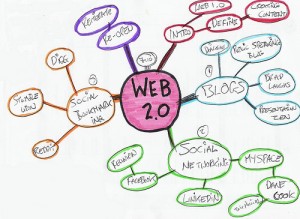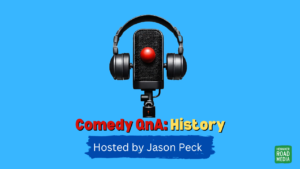I came across a notebook of mine that I hadn’t looked at in a long time and I found I’d made notes about scriptwriting and formatting for comedy. I made these notes on 11th October 2003.
Unfortunately, I can’t for the life of me remember what book I made these notes from, but I think the notes are quite useful as they’re broken down into two categories. Although I do know that it was mainly for comedians who use joke stories.
The first is called: “Joke Format”
This details a way in which you can format joke stories together to form a comedy monologue like old school comedians. Here’s the format:
1) Put the 2nd funniest joke story first
2) End with the funniest joke story
3) Counter a good joke with a bad one.
4) Organize jokes stories according to theme.
Now, this could absolutely be used with a speech found in the Humorous Speech Manual (an Advanced Speech Manual from Toastmasters this is a link to their website). And I’m pretty certain that it could easily be used in stand-up comedy.
But this format would not be appropriate for the humorous speech that occurs in the Humorous Speech Contest, as this is more geared towards a story with one theme.
Although, I have to say, the “counter a good joke with a bad one” seems more in-keeping with the comedy format of old school comics. I think today’s comedy professionals try to have continuous funny lines. This particular point seems to indicate a groaner type of joke story, like a pun.
The other format in my notebook is called the Message Format. The book I read (nope, still can’t remember it) outlines two types for this format:
A)
Intro
2nd Funniest joke story
Main body of Joke Stories
Theme
Funniest Joke Story
B)
Intro
Funniest joke story
Other Jokes stories
Theme
This last one ends on a serious note instead of a laugh. Personally, if I’m doing a humorous speech I’d rather end on a laugh.
Where it says “theme” I think that infers that this is where the main point of your speech is comes, but the theme you should present throughout the entire speech when using one of these formats.
It’s a shame that I never made a note of the book that I got these joke story formats from. As I’m writing about this though I keep thinking Frankie Howerd for some reason. Maybe I was reading about Howerd somewhere and saw it mentioned there. There’s nothing else for it, I’m going to have to go through some of my books looking for it.
Although, I do have this nagging feeling that I made these notes because I don’t actually own the book. Yep, just went and checked my book collection and it’s not there. It wasn’t from an eBook either because I wasn’t really into to doing that much online back then. Yikes.




